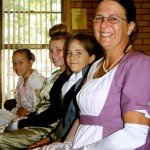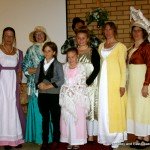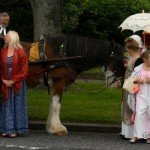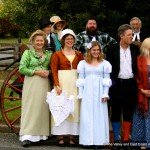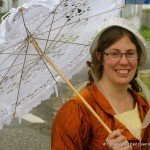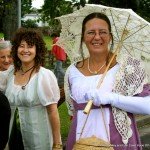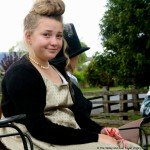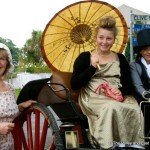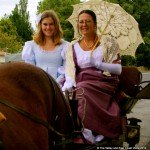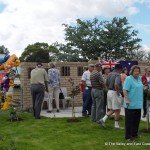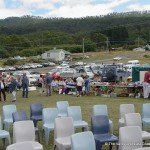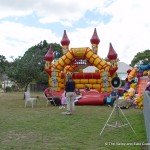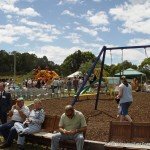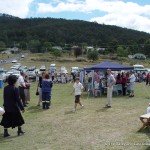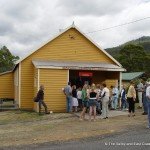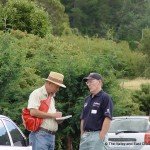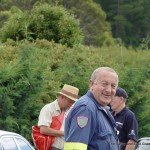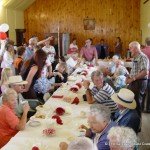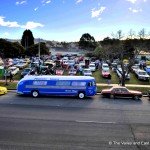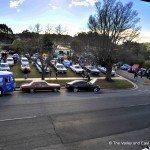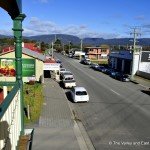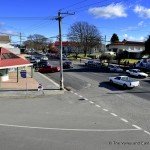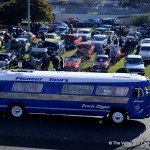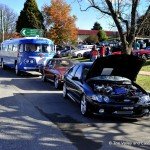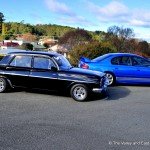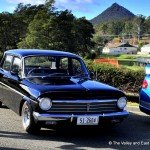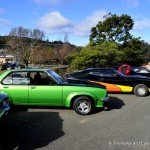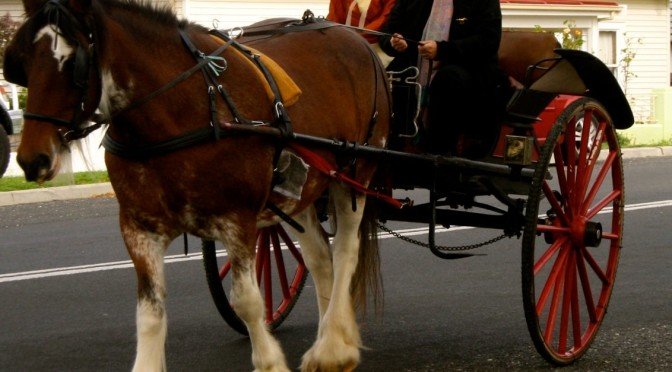
Tag Archives: History

ANZAC Day 2014 Ceremonies in the Fingal Valley
The Fingal RSL Sub Branch. A Dawn Service at 6a.m. (gather at 5.45) will be held at the Mathinna Cenotaph and will be conducted by retired RSL State President Chris Mundy and Father John Denman. A gunfire breakfast will follow at the Mathinna Club. An 11.00 Service (gather at 10.45) will be held at the Fingal Cenotaph and will be conducted by retired RSL State President Chris Mundy and Father John Denman. Lunch at Chrissy’s Bistro to follow. Large crowds expected – all welcome.
The Northern Midlands R&SLA Sub Branch. The 11a.m. service will be held at the Cenotaph, Boucher Park Avoca. This will be followed by a venison spit roast lunch.
The St Marys Memorial Services Association. A 6a.m. Dawn Service will be held at the St Marys Town Hall, followed by a Gunfire Breakfast. The 11a.m. Service will be held at the Cornwall Community Hall.
46.20 March 13th, 2014
International/local skaters in Scamander, Fingal community group to receive financial boost, New Title problem under SMC Planning Scheme, the Whirligigs of St Marys, Artist Of The Month, The Quick Brown Fox Jumped Over The Lazy Dog, Working Backwards To 1747, Protected Mealtimes, Liberal commitments in Break O’Day, Circle of 4 Exhibition, Cagerattler, Letters to the Editor.
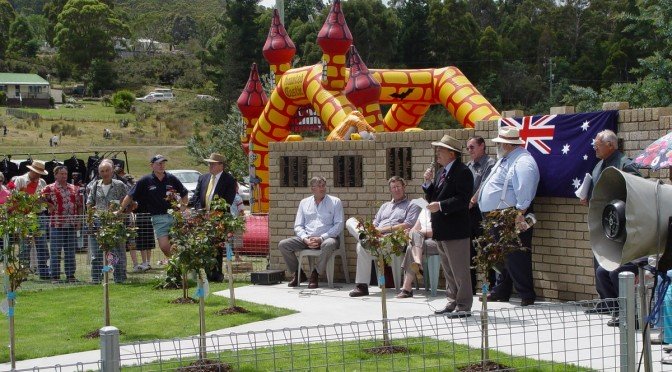
Cornwall Miners Wall Opening 4th February 2006
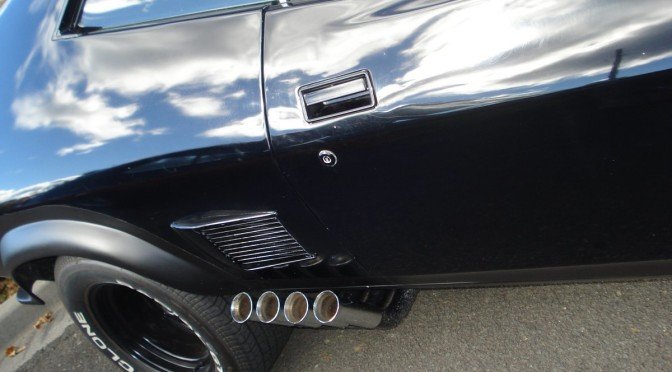
2013 Car Show St Marys
Letter to the Editor
Dear Editor
Response to Tony Story (Vol. 46 No. 12).
Wow, and thank you for your letter. Yes, Dr Story/Storey, is in fact Dr George Fordyce.
The Cottons of Kelvedon, Francis and Anna Maria(Tilney) Cotton, have a private family cemetery on the Kelvedon property; although I have not inspected this myself (on the to do list) I have been sent pictures. When Dr Story’s health is in decline, it is noted amongst the Cotton family in their letters. I would be eager to swap notes at some time as I am keen to connect as much early Tasmanian information as possible.
If you have followed this anecdotal account from the start, it may be apparent that I was making private records to gain perspective of my family history in a touchy/feely informal way – but then I got hooked. I’ve followed my family’s early roots from the Buckland, Springbay and Maria Island communities (and still going). Then, this wasn’t enough because although the people were linked everyone (yep, everyone) was a character – perhaps because of the sparse population. I became fascinated and passionate with absolutely everyone’s history and the community’s evolvement and ties.
Through historical papers, old newspapers, inquests, court hearings, wills, electoral roles, other historians, family members, personal letters and many hours in the archives,(with an increase in my glasses strength) the addiction started. Some minor events have been edited out for the Valley Voice, however in my family compilation I have a brief summary of all characters mentioned. I’ve traced the family trees of some to track the inter-familial junctions, where they had settled, and yes, to find the colourful characters.
Admittedly I’m no writer – just got the bug now.
I hope you’ll submit your stories to the Valley Voice as your ties to the area are closer than mine.
When the Valley Voice was looking for input I tried to inspire a few people to write but they were either too shy or just unsure; so I bit the bullet and thought if I start hopefully a few more will come forward with more local content. I for one am looking forward to reading more material of that nature and I hope you will share yours.
Thanx for reading
Lynne Dawes, Seven Mile Beach.
Letter to the Editor
Dear Editor
Diana Foster’s idea of People Poles (V.V. September 26th) is brilliant!
How about their ‘home’ being on the block on the corner of Groom and Story Street? David Clement had a vision for this site being a memorial/historic sculpture park. It is ideally suited with the historic cottages still existing on Groom Street.
We have a similar idea as Diana for the three huge aged radia pines on Dalmayne Road. We have approached BODC about this. We envisage lopping the trees then cutting sections in the butts and painting murals in each section of the history of Gray: Dalmayne Coal Mine, Gray Post Office, the Gray School, the two churches and Tassie tigers at Thorne’s Marsh.
Removing old historic trees in an area eliminates hazards and creates tourist attractions as is apparent at Campbell Town, Perth, St Helens etc. Every town has the right to preserve and display its historic identity. Speaking of which, we have another idea – a convict memorial cemetery at the river front by the old jail in Fingal similar to the Convict Cemetery at Glen Dhu, Launceston. Ideas need translating to action so where do we go from here?
Peter and Beverley Rubenach, Gray.
Letter to the Editor
Dear Editor
What an interesting paper you have; I learnt about Eric Bean, who sounds like he and his wife did a remarkable job. I read a beaut story by Don Pike (my maiden name), saw how C&D Excavations are community minded, laughed at young photos of Out of the Woodwork and with the car photos, was delighted with the piece on the Asylum Seekers, not because they moved but because of the author’s view point and kindness. Good to read about Rita and Ian; David Brewster has a nice way of talking but the teeth business was not a good subject for lunch time eaters! I hate a model or anyone being paid $42 million. The woman who successfully sued re the auto cruise makes the mind boggle oh silly of silliest judgements!!! I’m grateful for the historical writings and research behind the scenes.
Peggy Bogar, Scamander.
Letter to the Editor
Dear Editor
Re: Article by Lynne Dawes ‘Inquest and Hearing of the Death of Mary Connolly continued’, Valley Voice Volume 46 No. 11 of 26/9/13, penultimate and last paragraphs, page 25, referring to a ‘Dr Story’.
I am the Story family historian of the Storys who settled at the ‘House of Chimneys’, ‘Henbury’, Lena Road via Avoca, and were prominent in the Fingal Valley from 1837-1952. They gave their name to Storys Creek (via Rossarden), Storys Creek Road (via Avoca), Story Street (St Marys), Storys Road (Lebrina), Storys Road (central Castra) and also Groom and Harefield Streets St Marys (through the related family the Grooms of Harefield, 1872).
The Dr Story referred to by Lynne Dawes is most likely Dr George Fordyce Storey (with an ‘e’) of ‘Dr Storyes’ Baby’ notoriety, from a foetus in a jar still at the Tasmanian University Medical Faculty. Dr Storey, according to a Peter Mercer, was a lifelong friend of Francis and Anna Maria Cotton who lived with them, possibly at ‘Kelvedon’, and who is buried beside them at the Swansea cemetery, although I could not find their headstones and have not yet researched his information.
This Dr George Fordyce Storey is probably the same doctor, a Quaker, who did some work with our aboriginal brothers and sisters at Wybalena in 1823, at age 23, concerning infertility caused by venereal disease. He gave his name to Mount Storey on Schouten Island and is related to the probably Scottish and Catholic Storeys related to a J.W. Storey from Colebrook and Oatlands, though initially from North-Eastern Tasmania, who gave their name to Storey Street of Oatlands.
This Dr G.F. Storey is also distinct from another Dr Story, also a ‘much loved pioneer doctor from the East Coast’ who leased ‘Highfield’ in the North-West c.1880s, i.e. Dr William Story.
In contrast, my mob of Storys from ‘Henbury’ are, although well-connected Anglicans and Royalists, only descended from a long line of dairy farmers (re: John Storys’ famous Double Gloucester Best Cheese 13/4/1867 Launceston Show).
Whilst my Storys are probably related to Dr William Story through business and familial associates the Ford family, they are not directly related to the Dr G.F. Storeys and J.W. Storeys – even though one of us was, in fact, a J.W. Story (without the ‘e’, of course).
Confused? I certainly still am, and doubly so given the profusion of John and Thomas Storys thus far researched back consecutively to 1665 in Somerset.
Of course, if I were to complete the research further back I would find that all Storys, Storeys, Storrs and Stories are, in fact, related prior to 1200 in Northumberland and Yorkshire: the name Story being a Viking word meaning ‘big, strong man’.
I hope my historical account has been of some interest, particularly concerning the Cottons, and all the coincidences concerning early gynaecological research.
N.B. Fungus Ergot of Rye is, of course, the base substance for making D-Lysergic acid Thalidomide -25 or L.S.D. and formerly known as ‘St Anthonys’ Fire’ (c.c.claviceps purpurea).
A full list of sources can be found at the Avoca Post Office and the Avoca History Museum in ‘The Story Family of “Henbury” in Avoca, St Pauls Plains’ © 23/4/2012 or by contacting me, the author.
© 2013 Tony Story
‘Lewis Hill’, Royal George.
Letter to the Editor
Dear Editor,
Sunday the 18th August is the 47th anniversary of the Battle of Long Tan; it is also the date set as Vietnam Veterans Day. Two years ago on the 45th anniversary, after 15 years of battling the Australian government for justice and due recognition, veterans of D Company, 6th Royal Australian Regiment (6RAR), were awarded an Australian Unit Citation for Gallantry (the highest award a unit can receive). The unit had been recognised by the American and South Vietnamese governments in 1968, with their equivalent citations. Individual medals were also presented due to a reversal of a quota system employed by Australia at the time the battle was fought.
“The Vietnam war was mis-reported and is mis-remembered,” President Nixon said. Probably not the soundest person to quote but I believe the sentiment is very true.
A matter I feel I need to address is the issue of Conscription (National Service Scheme), whether you agreed or disagreed with it. It was NOT originally started for the Vietnam war but enacted due to the Malaya and Indonesia conflagration, which Australia believed would spill into New Guinea, an Australian territory at that time. The Australian government believed the army was undermanned to handle such an eventuality. Between 1964 and December 1972, 20 year old males were required to register and 804,286 young men complied.
The voting age was 21, this was reduced to the current age 18 in 1973, after the Scheme had been revoked. The legal drinking age (more important to many) during this time varied from state to state, along with the conditions that applied, but was generally regarded as 21 until 1974, then reduced in all states to 18.
The selection ballot resembled a lottery draw and was performed bi-annually to determine who would be called up to serve in the Army; exemptions were granted after call-up. 63,735 men served in the army – 15,381 actively served in Vietnam.
Service requirements were two years in the regular army, followed by three years part-time in the army reserve. Men who failed to comply, misled the medical board (standards were the same as for regular soldiers) or who made false or misleading statements were prosecuted. Fourteen men were prosecuted and served the equivalent of their national service in prison.
Some 200 national servicemen lost their lives in Vietnam.
The ratio of national servicemen to regular soldiers in the regiments that served in Vietnam was generally 50/50 and no distinction was made by the soldiers that served.
‘We should not mourn the loss of these men, but be grateful that they lived’ said Gen. Patton. A different war, but still relevant.
I hope to see you at the St Marys Cenotaph at 11 a.m. – inside if the weather is foul.
David Watkins
